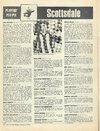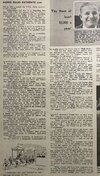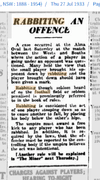Supermercado
The straw that stirs the drink
- Thread starter
- #401
Follow along with the video below to see how to install our site as a web app on your home screen.
Note: This feature may not be available in some browsers.
Due to a number of factors, support for the current BigFooty mobile app has been discontinued. Your BigFooty login will no longer work on the Tapatalk or the BigFooty App - which is based on Tapatalk.
Apologies for any inconvenience. We will try to find a replacement.
 Fantasy Footy Notice Image Round 21
Fantasy Footy Notice Image Round 21
Supercoach Rd 21 - The FINALS SC Talk - Trade Talk - Capt/VC - BigFooty Cup - Semi Finals - Last Coach Standing - Five Remain! ,//, AFLW Fantasy 2025! ,//, AFL Fantasy Rd 21 AFF Talk Rd 21 - AF Trades - Captains/VCs
Due to a number of factors, support for the current BigFooty mobile app has been discontinued. Your BigFooty login will no longer work on the Tapatalk or the BigFooty App - which is based on Tapatalk.
Apologies for any inconvenience. We will try to find a replacement.


Twenty people, two dogs and one quirky sport keep this small town kicking
The Silo Kick is Mirrool's claim to fame, but the annual event does more than crown the biggest kicker of a football in the New South Wales Riverina town.www.abc.net.au
what happened to robbie mills?
has he been written out of the story?

Where legends are made
www.theage.com.au
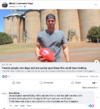
Log in to remove this Banner Ad
Fair to say the "Cream of Victorian Football" bit was somewhat over the top, with North having "won" the Wooden Spoon the previous year (with just 4 wins)!! They improved to 9th in 1971, but still only won 5 games and drew one, so not much cream there at all!
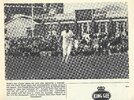
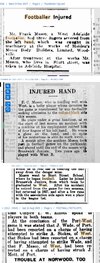
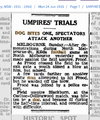
 afltashalloffame.com.au
afltashalloffame.com.au
